Observer Technical Skills: Essential Abilities for Success
Updated On: August 23, 2025 by Aaron Connolly
Core Observer Technical Skills

Observer technical skills really set the stage for accurate assessment and solid feedback, no matter the observation setting. You’ll need some training in systematic observation, a sharp attention to detail, and the kind of analytical thinking that turns raw notes into actual insights.
Observation Skills Overview
Observation isn’t just about watching stuff happen. We develop a multi-sensory approach, picking up both the obvious and those tiny details you’d miss if you blinked.
Some key observation techniques: • Scan systematically so you don’t miss anything important. • Listen actively for both what’s said and what isn’t. • Jot down facts, not guesses or opinions. • Mark the time on big moments so you get the sequence right.
Structured frameworks help us keep our attention where it matters. That way, we don’t miss crucial stuff or get buried in too much info.
We break down observations into four main areas:
- Actions – What people actually do.
- Interactions – How they talk and work together.
- Environment – The setting, both physical and social.
- Outcomes – What happens as a result.
Practice makes a huge difference—new observers tend to overlook a lot at first, sometimes missing up to 40% of what matters.
Regular training helps us spot our weak points and build more complete observation habits.
Attention to Detail Mastery
Attention to detail is what separates a sharp observer from someone who misses the mark. We have to notice the little things, those patterns and inconsistencies that slip by most people.
Detail-focused observers look for: • Subtle shifts in behavior or performance. • Patterns that show up again and again. • Gaps between what people say and what they actually do. • Environmental stuff that shapes results.
Memory tricks that help:
- Jot quick notes right after something happens.
- Use shorthand for stuff you see a lot.
- Write down specific examples, not just general thoughts.
- Review your notes within a day to fill in any blanks.
It’s a balancing act—grab enough detail, but don’t get bogged down. Most folks can track about 5-7 key things at once before accuracy drops.
We try to avoid classic detail mistakes: • Writing what we think instead of what we see. • Zoning in too hard on one thing and missing the rest. • Guessing about motives. • Letting our own biases decide what matters.
Critical Thinking in Observation
Critical thinking turns a pile of notes into reliable insights. We need to analyze what we see, slow down, and avoid jumping to conclusions or letting assumptions take over.
Some essential processes: • Keep facts and interpretations separate. • Notice your own biases. • Consider other explanations for what you’re seeing. • Ask if what you’ve observed is typical or just a one-off.
We use a few systematic approaches:
- Gather evidence – Collect several examples before deciding anything.
- Spot patterns – Notice trends across sessions.
- Think about context – Situational stuff matters.
- Check for bias – Look out for your own assumptions.
Some common thinking traps: • Confirmation bias – Only seeing what fits your first impression. • Halo effect – Letting one strong impression color everything else. • Recency bias – Giving too much weight to what just happened. • Attribution errors – Blaming personal traits for what’s really situational.
Strong critical thinking takes practice and honest feedback. Peer review helps—when a few observers compare notes on the same event, it really shows where people’s thinking diverges.
This kind of collaboration uncovers patterns in how we think and makes everyone’s observation more reliable.
Data Collection and Analysis Techniques
Solid data collection methods are crucial for observer technical skills, especially in esports research. Whether we need to understand player behaviour, team performance, or audience engagement, the approach depends on our specific questions.
Effective Data Collection Methods
We lean on a few tried-and-true methods to gather good data during esports observations. Surveys are probably the easiest way to get feedback from players and spectators.
Digital surveys work especially well here. We can send them out on Discord, team sites, or during tournaments. They’re quick, cheap, and reach a ton of people.
Observation techniques show us what players actually do. We watch matches live or via recordings to catch decision-making, communication, and how players adapt their strategies.
Interviews and focus groups go deeper. By talking with players, coaches, or analysts, we discover motivations and thought processes that numbers alone just can’t show.
In esports, transactional tracking lets us monitor in-game purchases, betting, or merch sales. It’s a good way to see how fans engage beyond just watching.
Online tracking helps us follow digital footprints—across streams, social media, and forums. We see how fans interact and what gets them excited.
The trick is to match your method to your question. Need quick stats? Go with surveys. Want real understanding? Try interviews. Curious about behavior? Observing works best.
Qualitative and Quantitative Data Analysis
Quantitative data covers things we can count—kills, match length, viewers, reaction times. We crunch these numbers to find trends.
Common metrics include win rates, average game length, peak viewers, and player stats. These help us spot patterns over time.
Qualitative data brings the human side. Player interviews, fan comments, and team chats add context that raw numbers just can’t.
We might look at post-match interviews to understand why teams made certain choices. Or listen in on team comms during tense moments to spot leadership dynamics.
Both types matter. Quantitative shows us what happened; qualitative helps explain why.
We use spreadsheets and stats tools for quantitative data. For qualitative, we look for themes and patterns in what people say.
The real magic happens when we mix both. A team’s dropping win rate means more when interviews reveal internal conflict or strategy disagreements.
Utilising Checklists and Structured Observation
Checklists can totally change the way we gather and record performance data during competitive play. Structured observation makes sure we get consistent, reliable info that can actually help players improve.
Designing Reliable Checklists
A good checklist starts with specific, measurable actions—not vague stuff. Instead of “bad communication,” we look for actions like “didn’t call enemy positions” or “missed three callouts in a row.”
Grouping related skills keeps things organized. For esports, we might break it down into aiming, positioning, and team comms. This helps us stay on track and not miss anything big.
What a solid checklist needs:
- Clear yes/no for basics.
- Scaled ratings (like 1-5) for more complex stuff.
- Room for examples and timestamps.
- Notes about what was happening in the match.
We always test our checklists with different people. If two observers watching the same player get different results, we know the checklist needs work.
Structured Versus Unstructured Observation
Structured observation sticks to a set plan and timing. We know exactly what to watch and when to note it down. This is great for checking specific skills like crosshair placement or grenade throws.
Unstructured observation lets us stay flexible. Sometimes we spot things we didn’t expect, like a player suddenly improving under pressure or falling apart on a certain map. These moments can lead to breakthrough ideas.
Structured observation perks:
- Consistent data.
- Easy to compare players.
- Tracks progress over time.
Unstructured observation perks:
- Finds unique patterns.
- Spots unexpected strengths or weaknesses.
- Gives richer context.
Honestly, the best approach mixes both. We use checklists for coverage but stay open to those surprise insights that can really change a player’s path.
Participant Observation and Its Applications
Participant observation drops researchers right into gaming communities or competitive settings to study behavior and social dynamics. Let’s look at how this actually works in gaming and where the ethical lines are.
Real-World Participant Observation
Gaming communities are perfect for participant observation. We can join team practice, attend tournaments, or just hang out in Discords.
Some typical settings:
- Pro team practices.
- Online community chats.
- Tournaments.
- Streaming communities.
Researchers take on different roles depending on the goal. Some blend in as regular members but stay aware of their observer status. Others keep a bit of distance and just watch.
| Role Type | Level of Participation | Data Collection Focus |
|---|---|---|
| Complete participant | Full community member | Internal dynamics |
| Participant-observer | Active but known researcher | Social interactions |
| Observer-participant | Limited participation | Behavioural patterns |
| Complete observer | No participation | Public interactions |
Field notes matter a lot. We jot down things like how people communicate, handle conflict, and who steps up as a leader.
Gaming moves fast, especially online. People might act differently if they know they’re being watched.
Ethical Considerations in Observation
Ethics get tricky in gaming communities. We have to respect privacy and community trust while still doing good research.
Main ethical points:
- Informed consent – Everyone needs to know they’re being observed.
- Privacy – Keep handles and personal info safe.
- Minimal disruption – Don’t mess with how the community works.
- Data security – Handle screenshots and recordings with care.
Online spaces add extra complications. Just because a Discord is public doesn’t mean people expect to be studied. Private team chats definitely need permission.
The observer effect is real—people change how they act if they know they’re being watched. This can throw off what you’re actually trying to study.
Heads up: Some gaming groups have been burned by researchers who didn’t follow the rules. Always get permission and be upfront about your goals.
Power dynamics can get weird. Pros might feel pushed to join a study, especially if researchers have ties to their org or sponsors. We need to make sure participation is genuinely voluntary.
Objectivity and Bias in Technical Observation
Observer bias can sneak in and mess with even the best-planned esports research. Staying objective helps us capture what’s actually happening, not just what we expect.
Reducing Observer Bias
Personal expectations can blind us during observation. If we expect certain plays or strategies, we might miss stuff that doesn’t fit or focus too much on what confirms our beliefs.
Some common bias triggers:
- Knowing the teams or players already.
- Preferring certain playstyles.
- Cultural ideas about competition.
- Time pressure when watching live.
We like to use structured observation grids that keep us focused on specific things. We record raw data first and analyze it later, so our real-time thoughts don’t twist what we write down.
Having more than one observer helps a ton. When two people watch the same match and compare notes, it’s easy to see where personal bias creeps in.
Big tip: Don’t judge during observation. Write “Player A moved away from objective”—not “Player A made a bad call.”
Ensuring Reliability and Validity
We keep our data solid by sticking to the same measurement methods every time we observe. That means we use standard timing intervals, identical recording formats, and clear behavioral definitions.
Reliability checklist:
- Use the same equipment every session
- Keep viewing angles and distances consistent
- Stick to the same coding criteria
- Record at predetermined intervals
We only measure what we actually want to study. If we’re researching team communication, audio analysis gives us more validity than just guessing from player movements.
We always try to cross-check technical observations with other data sources. Match stats, player interviews, and coach feedback can confirm or challenge what we’ve seen.
Before collecting real data, we test our observation system with pilot sessions.
Problem-Solving and Decision-Making Skills

Great observers turn what they see into smart decisions and quick solutions. When we connect careful watching with clear thinking, we solve problems faster and make better choices under pressure.
Linking Observation with Problem-Solving
We spot problems early by watching for warning signs. If a player notices their opponent always shields after missed combos, they can switch up their strategy mid-match.
The best observers break down big situations into smaller pieces. Instead of just saying, “we’re losing teamfights,” they point out things like poor positioning or mistimed abilities.
Pattern recognition lets us predict what might happen next. If we’ve seen a scenario before, we usually know which fix works. That can save us precious seconds when things get tense.
We dig deeper with the 5 Whys technique. Why did that play fail? Because we were out of position. Why were we out of position? Maybe we didn’t track the enemy’s cooldowns.
Quick win: Jot down three regular team problems, then list warning signs you could watch for.
Decision-Making Based on Observational Evidence
Good decisions start with solid data from what we’ve seen—not just guesses.
Real-time analysis sets great players apart. If the enemy support disappears, we immediately decide whether to engage or play safe.
We weigh evidence fast with simple questions:
- What do I see right now?
- What does this usually mean?
- What’s my best move?
Cost-benefit thinking guides us. If we spot an opening but it risks our position, we decide if the reward is worth it.
The best observers run through mental checklists for common decisions. Before engaging, they check enemy positions, cooldowns, and escape routes.
Warning: Don’t overthink during hectic moments. Trust what you’ve seen and make a call based on clear evidence.
Communication Skills for Observers
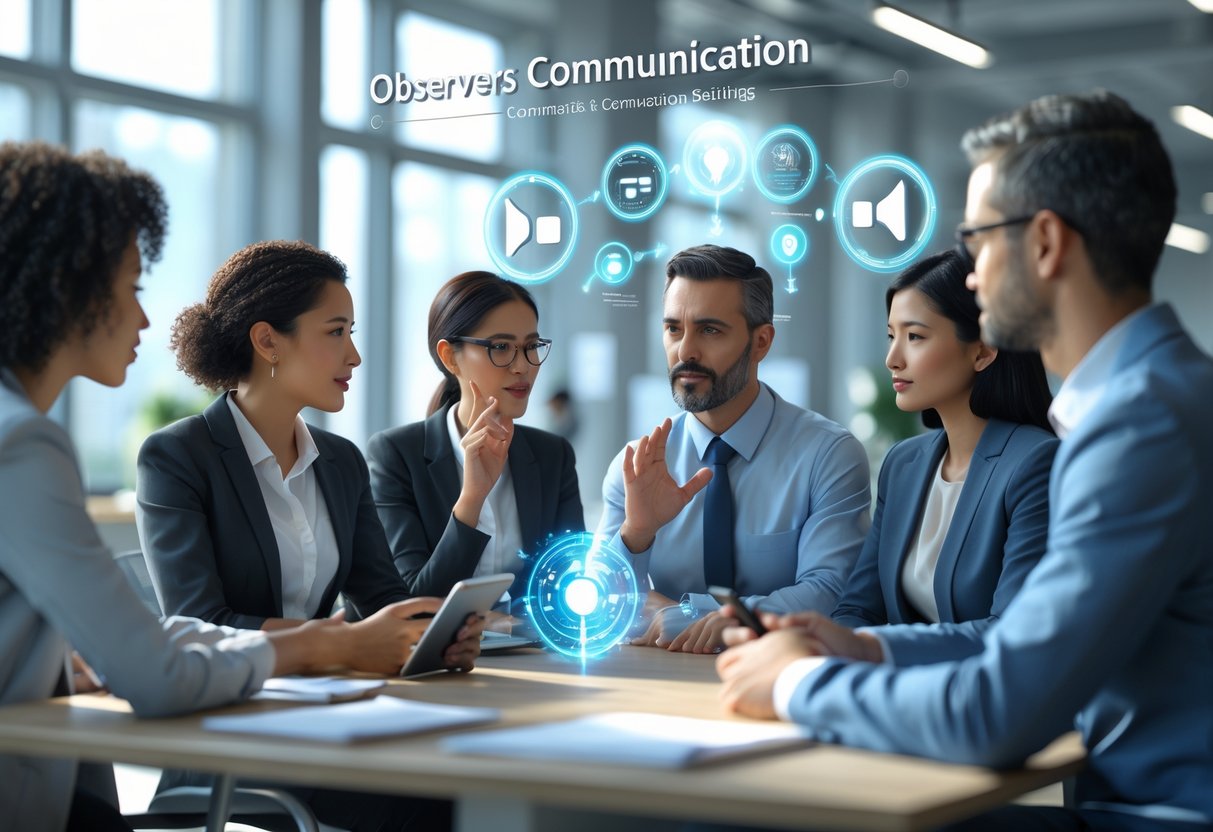
Observers need strong communication to share what they see and work well with teams. Good documentation and understanding both spoken and unspoken messages help us do our jobs better.
Reporting and Documenting Observations
Clear written reports turn raw observations into useful info others can act on. We write down what we see in a way that’s easy to understand and accurate.
Good reports have specific details. Instead of “player seemed upset,” we write “player threw headset on desk and walked away from computer.” Facts beat opinions every time.
We document observations right away. Memory fades fast, so taking notes as we watch helps us keep important details. Lots of us use simple codes or symbols to record info quickly during matches.
Report structure matters. We organize by time, player, or type of behavior. Bullet points and short paragraphs make reports easier to read.
Add context. Noting the game state, score, or time helps others understand why something happened. That extra info makes our observations more valuable.
Verbal and Non-Verbal Communication
Reading body language and speaking clearly helps us gather better info and work with coaches and teams.
Non-verbal cues give us a lot. Slumped shoulders might mean frustration; rapid hand movements could mean stress. We learn to spot these by watching closely and noticing patterns.
Active listening matters when talking to players or coaches. We give full attention, avoid interrupting, and ask questions to make sure we get it right. Good listening helps us catch details we might otherwise miss.
Our body language changes how people respond. Eye contact and an open posture help players feel comfortable sharing. If people feel at ease, they’re more likely to be honest.
Clear speaking avoids confusion. We use simple words and check if others understand. Asking “Does that make sense?” or “Any questions?” makes sure our message lands.
Empathy and Mindfulness in Observation

Great observers blend emotional intelligence with focused awareness to read situations more accurately. These skills help us understand what players really need and respond thoughtfully to what’s happening on the team.
Developing Empathy as an Observer
Empathy turns us from passive watchers into engaged analysts who actually get what players go through. When we focus on a player’s behavior, we start building real connections that boost our observation quality.
Some empathy-building techniques:
- Watch facial expressions during tense moments
- Notice body language changes between rounds
- Consider the player’s perspective before judging
- Ask yourself what emotions might be behind their choices
Research shows that watching closely actually strengthens empathy bonds. The more thoughtfully we observe, the better we understand motivations and reactions.
In esports, stressed players often hide how they really feel. A player might act confident but actually feel overwhelmed. Empathetic observers spot these disconnects.
We can practice by watching tournament VODs and pausing to wonder what each player might be feeling. Notice their micro-expressions after missed plays or clutch wins.
Practicing Mindfulness for Enhanced Observation
Mindfulness keeps us focused on the present instead of jumping to conclusions. This sharp attention helps us absorb more info and respond thoughtfully, not just react.
Practical mindfulness techniques:
- Take three deep breaths before analyzing a play
- Describe what you see before jumping to why it happened
- Notice when your mind drifts to past or future events
- Separate facts from assumptions
Studies show mindfulness-based interventions boost empathy in healthy people. The combo creates sharper observers who notice details others miss.
Before each session, set a clear intention. Ask yourself: “What do I want to learn about this player or team?”
During analysis, catch yourself making assumptions. Instead of “They’re playing badly,” say “Their reaction time seems slower than usual.” That way, we keep things factual and useful.
Professional Development for Observers

Observation takes ongoing skill development and formal training. Success really depends on structured learning and a commitment to keep improving.
Continuous Improvement Strategies
We always recommend regular feedback loops to get better at observation. Peer review sessions let us talk through tough situations and share tips.
Practice observation videos give us a safe space to learn. Teams review recorded sessions together and find ways to improve—no real-world pressure.
Self-reflection journals help us track progress. We jot down:
- Tough observation scenarios
- What worked to fix them
- Questions that popped up
- Follow-up actions
Monthly calibration meetings help keep everyone on the same page. These sessions maintain standards and tackle common challenges as a group.
Mentorship programs pair experienced observers with new folks. This speeds up skill growth and builds confidence, especially when things get tricky.
Training and Certification Opportunities
Formal certification programs give us a clear path to learn. Many organizations require observers to finish accredited courses before they can do evaluations.
Key training topics:
- Observation basics
- Data collection methods
- Giving feedback
- Professional boundaries and ethics
We’ve found that hands-on workshops work best for learning. Role-playing helps us practice tough conversations in a safe setting.
Ongoing professional development varies by organization. Most require annual refresher training to keep your certification.
Online courses offer flexible schedules. These let observers learn at their own pace while still working.
Specialized training covers unique situations, like technical settings or cross-cultural observation.
Observer Technical Skills in Effective Teaching
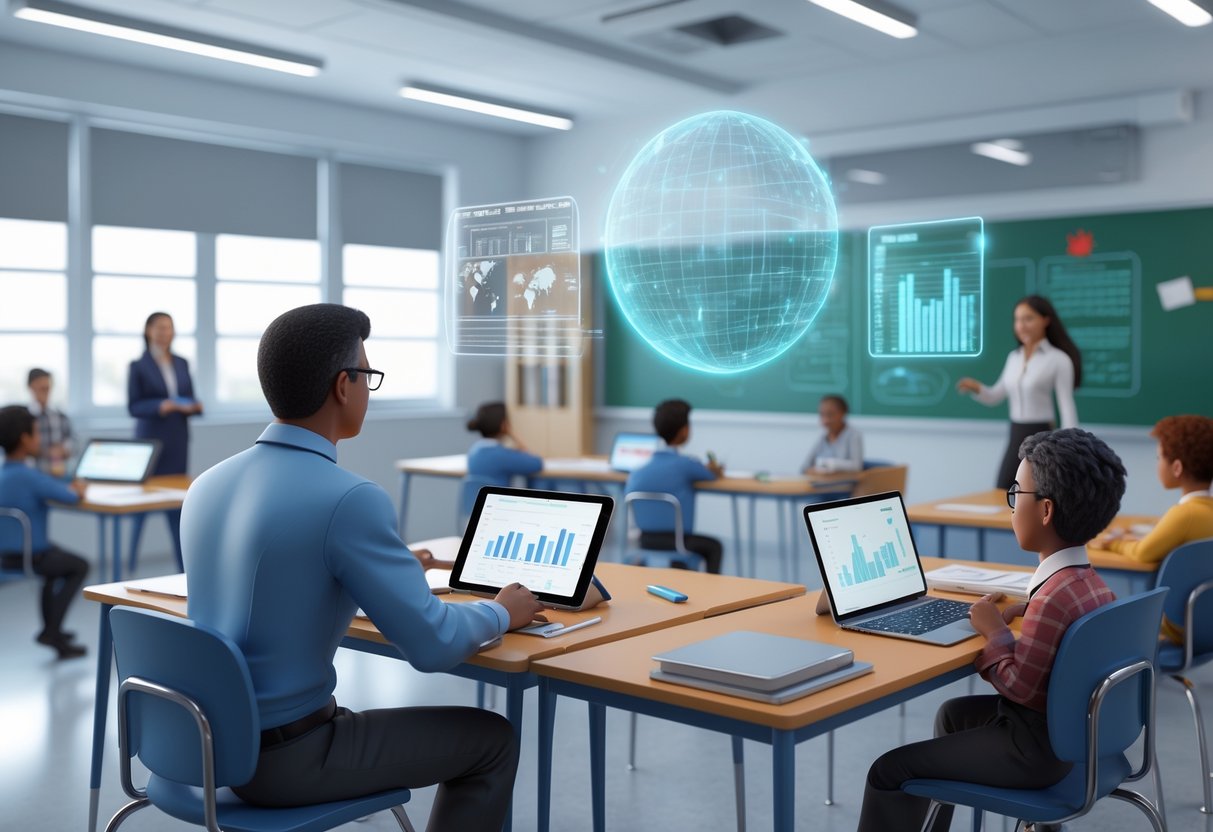
Observer technical skills form the backbone of meaningful classroom evaluation and teacher growth. We focus on systematic observation and feedback that actually helps teachers improve.
Observation for Classroom Enhancement
Effective classroom observation takes more than just watching a lesson. We need to know what to look for and how to capture data that matters.
What we focus on:
- How engaged students are
- Whether lessons match learning goals
- How effective the teaching methods seem
- Classroom management
Skilled observers focus on learning outcomes instead of just teaching style. We look for signs that students are learning what they’re supposed to. That means watching how students answer questions, finish tasks, and interact with the material.
Good documentation matters. We use structured forms, timing logs, and specific examples—not just vague impressions. Recording direct quotes or specific incidents gives us concrete feedback to share later.
Virtual observations need different skills. We check how teachers communicate through screens, manage participation, and keep students’ attention online.
The best observers prep before lessons by understanding the learning goals. That way, we can see if teaching methods really help students succeed.
Feedback Techniques for Teachers
Giving helpful feedback after observing a class takes planning and solid communication. We focus on clear, actionable steps teachers can use right away.
Effective feedback usually looks like this:
- Start with specific strengths we saw
- Point out clear areas for improvement
- Suggest concrete next steps
- Set a date for follow-up observation
We stick to evidence-based feedback instead of opinions. Rather than “the lesson was good,” we say “students answered 85% of comprehension questions correctly, showing strong understanding of the main concept.”
Timing is huge. We schedule feedback sessions within 24–48 hours so everything’s still fresh.
Good feedback conversations include problem-solving together. We ask teachers what they noticed and what they might change. This builds ownership, not defensiveness.
Written summaries give us a reference for next time. We document specific examples, agreed goals, and measurable targets.
Practical Tools and Technologies for Observation
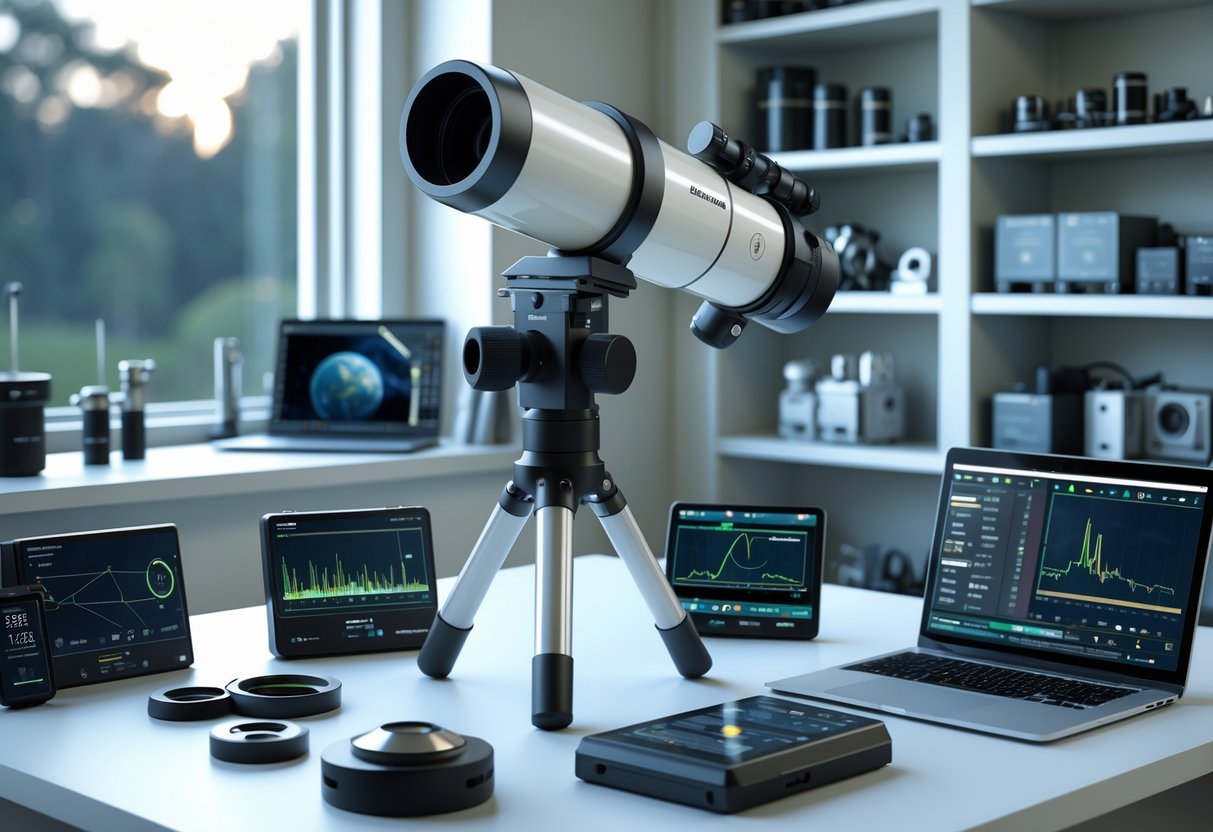
Modern observation uses both old-school recording and digital tools that make data collection smoother. The right mix of gear and software can totally change how we capture and analyze performance.
Observation Journals and Recording Devices
Physical notebooks are still great for quick notes during live sessions. We like dedicated journals with sections for timestamps, player actions, and quick reactions.
Essential gear:
- Voice recorders to capture real-time commentary without missing gameplay
- Stopwatches for timing actions or rounds
- Multi-colored pens to categorize observations
A lot of us go hybrid—jot quick notes by hand during matches, then expand them into detailed records later.
Quick win: Use separate pages for each player or team so you don’t mix things up during fast games.
Recording devices catch things written notes might miss. Audio lets us review tone and communication later. Just make sure you have player consent before recording anything.
Digital Tools for Data Management
Spreadsheet software like Excel or Google Sheets gives you a flexible way to organise observation data.
Set up columns for timestamps, player names, actions, and outcomes.
Popular Digital Solutions:
- Notion – Brings notes, databases, and media together in one spot
- Airtable – Lets you filter and collaborate in advanced ways
- OBS Studio – Records gameplay footage for post-match analysis
Cloud-based tools let several observers work together in real time.
Team coaches can check the data instantly, no need to wait for a written report.
Warning: Steer clear of software that’s too complicated—it just gets in the way. The best tool is honestly the one you’ll stick with.
Digital timestamps line up with game footage, so you can jump to specific moments fast.
This comes in handy when you need to review crucial plays or argue a call with players later.
Career Opportunities Requiring Observer Technical Skills
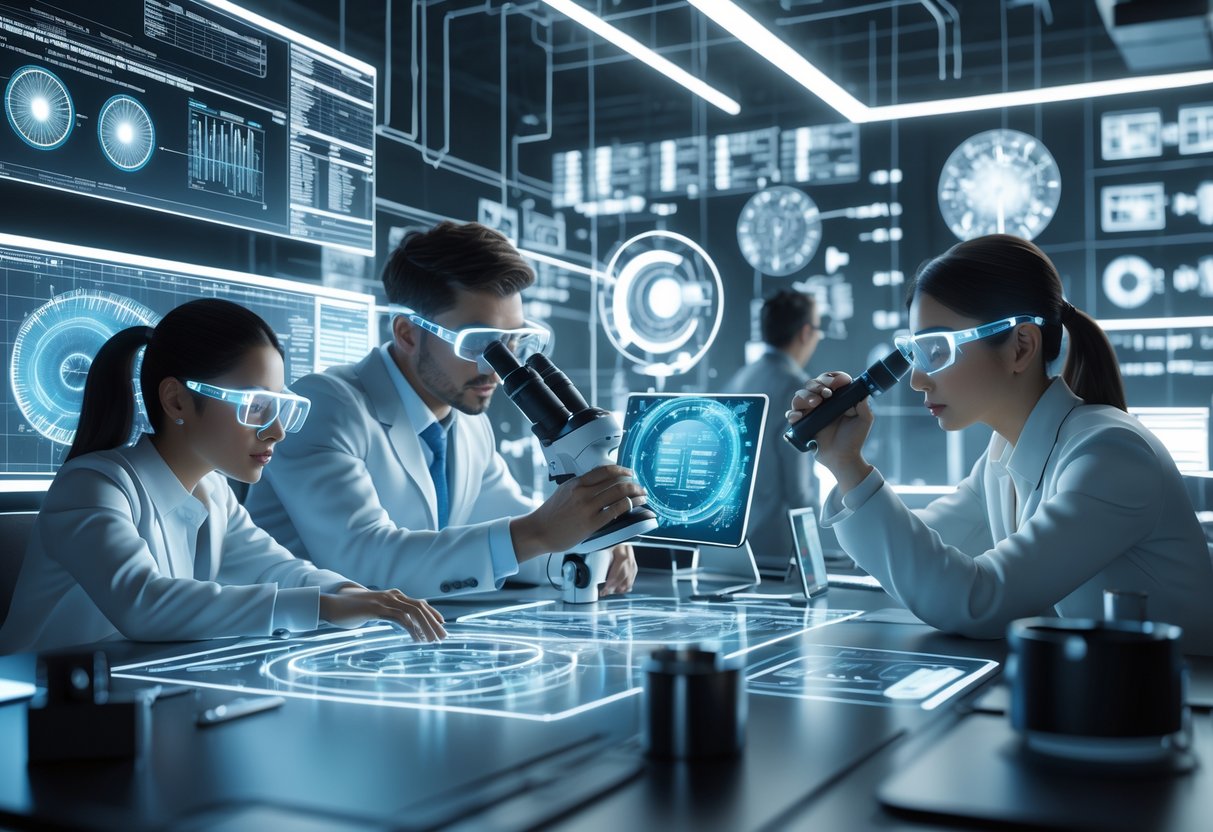
Observer technical skills unlock jobs in all kinds of industries, from healthcare monitoring to quality inspection.
Most of these roles ask for sharp attention to detail, analytical thinking, and the knack for spotting patterns or oddities.
Key Roles and Industries
Healthcare and Patient Care
Patient observers work with high-risk individuals who need constant watch.
You need to notice changes in behaviour or condition quickly.
Hospital sitters provide one-on-one care for patients at risk of falling or self-harm.
Patience and careful observation really matter here.
Quality Control and Safety
Quality control inspectors check products for defects or safety problems.
They use technical tools to measure and compare against standards.
Safety observers keep an eye on construction sites and industrial facilities.
They watch for unsafe moves and make sure workers follow the rules.
Environmental and Field Work
Field observers collect data out in nature—forests, wetlands, oceans, you name it.
They monitor wildlife, track weather, and gather samples from the environment.
Fishery observers join commercial fishing crews to track catches and support sustainable practices.
This job can lead to careers in marine policy or wildlife management.
Technology and Surveillance
Surveillance observers watch over security systems and look out for threats.
They check multiple camera feeds and respond to anything suspicious.
Data analysts rely on observation skills to spot trends in big datasets.
They pull together reports that help companies make smart decisions.
Essential Qualifications for Observer Careers
Educational Requirements
Most observer jobs want A-levels or something similar.
Healthcare roles often need patient care or first aid certifications.
Environmental observer gigs usually ask for a degree in biology, ecology, or environmental science.
Some employers will accept relevant experience instead of formal education.
Technical Skills Development
Strong computer skills matter for most observer roles.
You’ll use databases, monitoring software, and reporting systems.
Data collection methods change depending on the industry but usually involve measuring tools, cameras, or sampling gear.
Employers often provide training on any special equipment.
Professional Certifications
Safety observer jobs may require OSHA certification or similar safety training.
Quality control roles often look for industry-specific certifications.
Healthcare observers need to complete patient care training and background checks.
Some positions also want CPR certification or knowledge of medical terms.
Career Progression Pathways
Entry-level observer jobs can lead to supervisory or specialist roles.
Field observers often move up to research coordinator or project manager spots.
Observer experience can open doors to consulting, training, or regulatory work.
Many people use these skills as a launchpad to broader careers in their fields.
Frequently Asked Questions
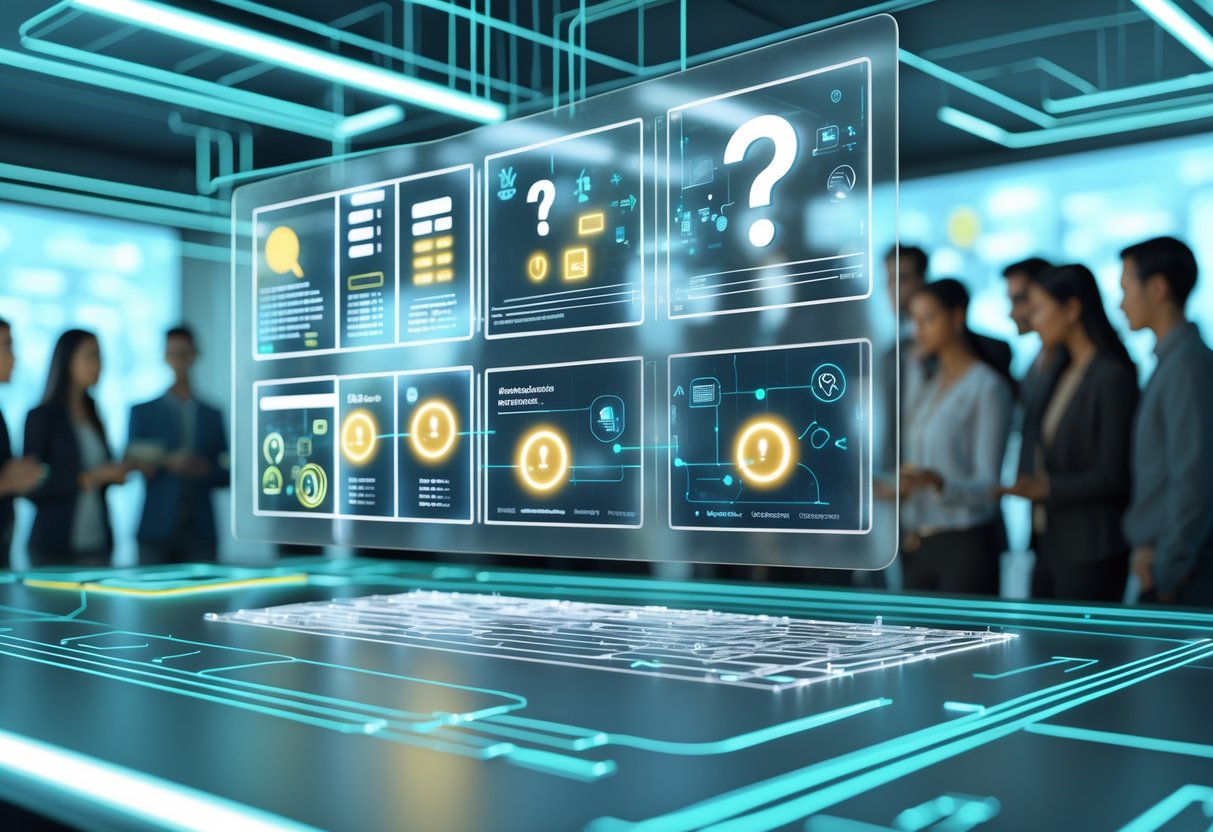
Getting observer technical skills isn’t just about knowing the tools—it’s about building the right abilities and figuring out how they fit into bigger professional roles.
Here are some common questions and answers about building technical observation skills and using them in competitive gaming.
What are the key technical skills required for effective observation in a professional setting?
Technical observers need sharp analytical skills to spot patterns during gameplay.
We look for abilities in data collection, real-time monitoring, and using equipment.
Video analysis is a core skill.
Observers capture and review footage, picking out key moments and technical errors fast.
Communication matters, too.
Observers share findings with coaches, players, and analysts, so clear reporting helps teams adjust their strategies.
Statistical knowledge helps make sense of performance data.
Knowing game metrics and player stats improves what you see and report.
How can one develop and enhance their technical observation abilities?
Practice with recording software builds your foundation.
Try free tools like OBS Studio first.
Record gameplay and review it systematically.
Watch pro matches, but focus on analysis instead of just entertainment.
Take notes about player positioning, timing, and decision-making.
Gaming expert James Connolly suggests joining amateur teams as a volunteer observer—real-world experience, no pressure.
Some esports organisations offer formal training and certification in match analysis and observation.
In what ways do technical observation skills contribute to data analysis and decision making?
Observers gather raw data that analysts turn into insights.
We spot performance trends that numbers alone might miss.
Technical observation gives context to statistics.
A player’s kill-death ratio doesn’t mean much if you don’t understand their positioning or team play.
Real-time observation helps coaches make tactical decisions on the fly.
Detailed observation records support long-term player development.
Teams track improvement and training effectiveness over time.
What tools and technologies are commonly used to support technical observation tasks?
Video capture software forms the backbone of technical observation.
OBS Studio is free and works well for recording.
Nvidia Shadowplay gives hardware-accelerated capture on gaming PCs.
Analysis platforms like GameSense and Mobalytics help organise footage and data for different esports titles.
You’ll want a dual-monitor setup for watching and note-taking at the same time.
High-refresh-rate displays make fast action easier to follow.
Cloud storage lets teams share footage and analysis with remote coaches.
Could you suggest any training or courses that specialise in improving technical observation competencies?
University esports programmes now offer observer training modules.
Staffordshire University and the University of Roehampton both have relevant coursework.
Professional groups run certification courses.
The British Esports Association, for example, holds workshops on match analysis.
Online platforms like Coursera and edX have sports analysis courses you can apply to esports observation.
Mentorship programmes pair new observers with experienced pros.
Many esports organisations provide informal training through volunteer roles.
How do technical observation skills intersect with other professional competencies like communication or problem-solving?
Communication skills really help turn what you notice into coaching tips. We have to break down technical stuff so players and staff actually get it.
Problem-solving lets us spot performance issues early and figure out what to do next. Observers usually catch tactical gaps before anyone else does.
Time management gets pretty intense during live matches. You have to sort out what matters most and share it fast when the moment calls for it.
Teamwork definitely comes into play in these settings. Observers spend a lot of time working with coaches, analysts, and support staff.

